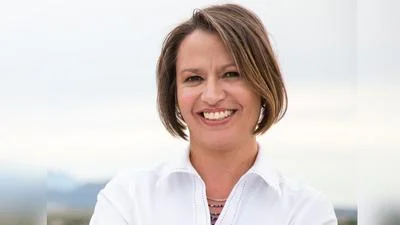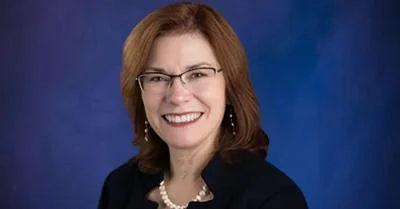On October 23, the Greater Albuquerque Chamber of Commerce Board of Directors received an update from Carrie Brunder of the New Mexico Medical Society regarding ongoing shortages in medical personnel across New Mexico.
Brunder addressed concerns about physician retention rates, highlighting that a significant number of medical graduates from the University of New Mexico (UNM) are leaving the state. “New Mexico must recognize that (it needs) to recruit and retain physicians, because UNM medical graduates are not staying here,” she said. “UNM’s own retention report shows we fall behind the national average in retention of our medical trainees.”
According to data shared at the meeting, only 20.6% of MDs graduating from UNM remain in New Mexico. Nationally, this figure stands at 52.5%, indicating a notable gap between local and national averages.
Brunder explained that as of 2024, there was a need for 8,445 additional health care professionals in New Mexico, spanning roles such as physicians, nurses, pharmacists, and public health officials. She projected that by 2035, this shortage could grow to 16,410 professionals if current trends continue.
Several factors contribute to these shortages. Brunder noted that medicine is unique among industries because providers cannot set their own prices for services or goods. Declining Medicare reimbursement rates have also had a pronounced effect on New Mexico's health care system; more than 70% of patients in the state are covered by government insurance programs like Medicaid or Medicare. This reliance means changes to federal reimbursement rates disproportionately impact local providers.
Additionally, practices often receive payments for procedures that do not cover actual costs due to negotiations with managed care organizations (MCOs). Commercial insurance rates are frequently tied to Medicaid and Medicare benchmarks—rates which Brunder described as lower than practice expenses. Contracts can lock in these rates for years through evergreen clauses and fee schedules set well in advance.
“This means ‘new price setting’ cannot occur mid-year to react to growing costs,” Brunder said. Providers seeking increased revenue face limited options: they can either see more patients—which may affect quality of care—or restrict their practice to private-pay patients who can afford higher prices out-of-pocket. However, most residents would be unable to access care under those circumstances.
Brunder also cited business challenges such as gross receipts tax (GRT) on health care services and stagnant Medicare reimbursements over two decades—with a further cut of 2.8% implemented in 2025—as additional pressures on local practices. Reimbursement rates in New Mexico lag behind neighboring states due partly to the Geographic Practice Cost Index (GPCI), while federal decisions on Medicare have outsized effects locally because so many depend on government coverage.
Medical malpractice insurance premiums were another concern raised; according to Brunder, these costs far exceed those seen elsewhere.
For the year ahead, Brunder outlined several policy priorities for her organization: reforming medical malpractice laws—including punitive damages and definitions related to occurrences—addressing collateral source issues, clarifying hospital participation in patient compensation funds (PCF), and advocating for adjustments to Medicaid budgets and fee-for-service schedules.
The full presentation is available online for further review.








